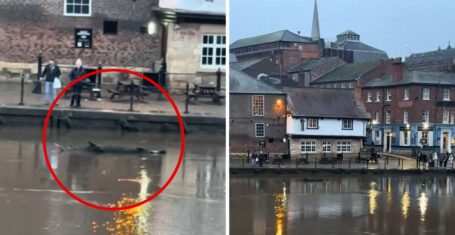
Durham University has joined the National Hedgehog Monitoring Programme
The programme will use artificial intelligence and is the first of its kind
Durham University has joined the National Hedgehog Monitoring Programme (NHMP), which intends on establishing the most concrete and accurate estimation of Britain’s hedgehog population to date.
The NHMP is unique in the sense that it is the first global usage of artificial intelligence as a means to track the hedgehog population, taking place in 40 different locations across the country.
This news follows on from Durham University obtaining a gold award from the British Hedgehog Preservation Society (BHPS) last year in recognition of its hedgehog friendly campus.
According to a blog post submitted on the Hog Friendly website, this award was given to just 17 UK universities in the 2022-23 academic year and is a testament to Durham University’s impetus and drive to create an environmentally sustainable and animal-friendly campus.
In a statement obtained by BBC News, Professor Philip Stephens of Durham University claimed that the university is looking forward to “playing an important role” in the project, while also adding that “this project is a great example of how people from all over the country can work together to improve the state of our biodiversity”.
He said: “This project is a great example of how people from all over the country can work together to improve the state of our biodiversity.”
Durham University’s specific role in this project is particularly valuable due to its MammalWeb programme, developed in 2013 and directed by Professor Russell Hill of the anthropology department. In the words of the British Ecological Society, MammalWeb is “a citizen science platform intended to collate data to inform us about the distribution and ecology of mammals”.
Most Read
In a comment released by Durham University, Professor Hill mentioned his enthusiasm to “generate the critical data needed to understand the status of hedgehogs in the UK and to develop strategies for their conservation”.
Such a project is particularly valuable due to the fact that unlike previous schemes which have depicted where in the country hedgehogs live, the NHMP will be sufficient in demonstrating the population size of these hedgehog conurbations. Therefore, this will allow experts to monitor hedgehog communities and mitigate population decreases effectively, allowing for specialists to “make effective conservation plans” according to the People’s Trust for Endangered Species (PTES).
In order to carry out the project effectively, the PTES will work with volunteer partner organisations to coordinate surveys in local areas, while the NHMP form regional hubs with planted cameras to be collected after 30 days, before analysing the images to better understand how to help conserve endangered hedgehog populations.
Featured image via Instagram @ptes_org




















